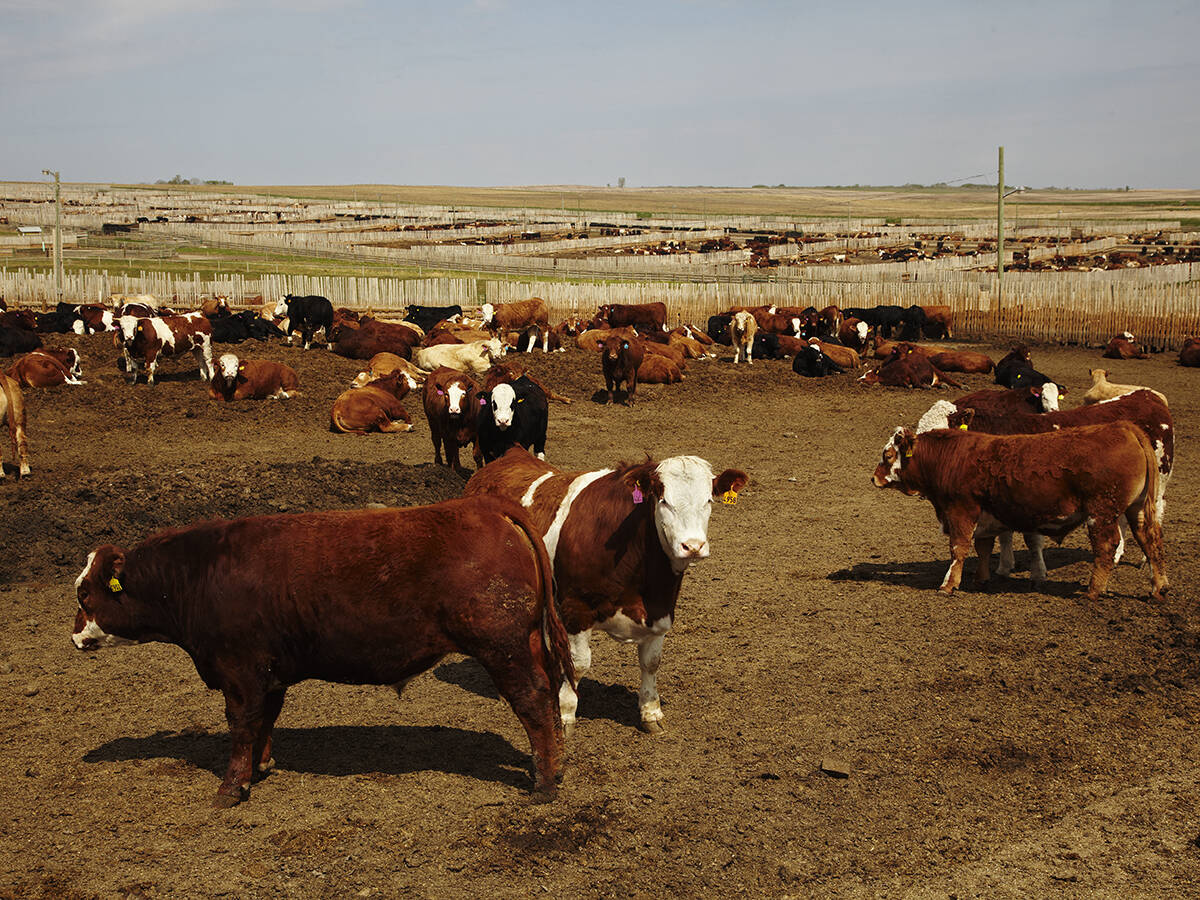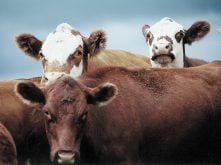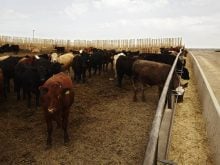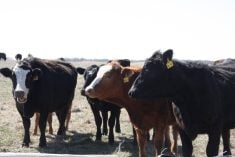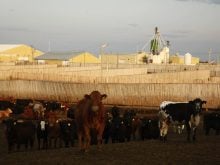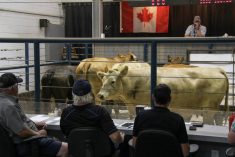This cattle market information is selected from the weekly report from Canfax, a division of the Canadian Cattlemen’s Association. More market information, analysis and statistics are available by becoming a Canfax subscriber by calling 403-275-5110 or at www.canfax.ca.
Fed prices find stability
Signs of stability are returning to the western Canadian fed market, with prices holding around $300 per hundredweight during the week ending Oct. 31.
Read Also
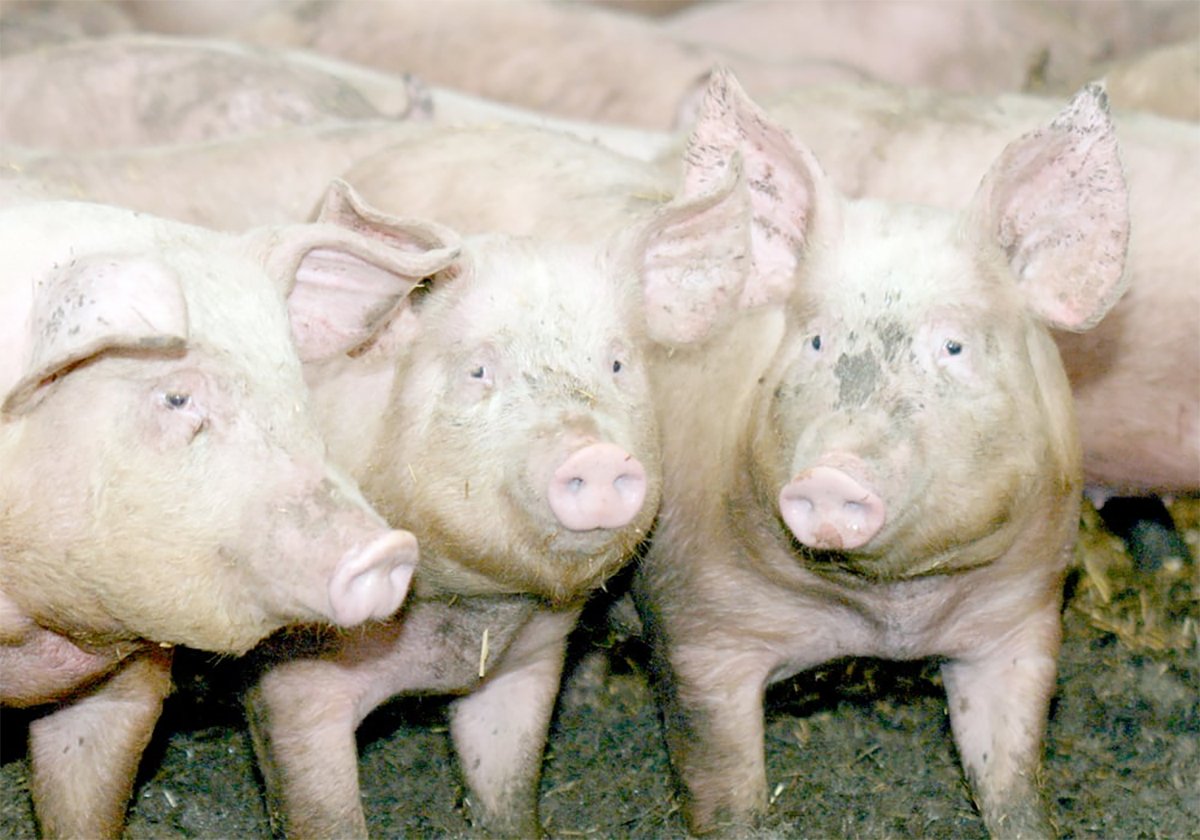
The Western Producer Livestock Report – November 13, 2025
Western Producer Livestock Report for November 13, 2025. See U.S. & Canadian hog prices, Canadian bison & lamb market data and sales insights.
Alberta fed steer prices were up $0.47 per cwt. to close the week at $300.45 per cwt. Fed heifers ended the week at $297.99 per cwt., up $0.72 per cwt. from the previous week.
Light trade was reported, with dressed sales in the range of $495-$505 per cwt. delivered. Although competition on the cash market was limited, all western Canadian packers were buying cattle. Those that sold were scheduled for delivery in December.
No sales from U.S. packers were reported.
The Alberta fed cash-to-futures basis was -20.31, remaining steady with the three-year average.
Dressed sales in Ontario were reported at $520 per cwt. delivered, down $10 per cwt. from the previous week . Cattle that traded were scheduled for delivery during the week of Nov. 10.
Non-fed market under pressure
D2 and D3 cows in Alberta saw some pressure during the week ending Oct. 31, softening $1-$3 per cwt. from the previous week.
Butcher bull prices were down $3 per cwt.
Feeder cows were the exception to the week’s pressure, strengthening by $2 per cwt. from the previous week.
Rail grade cow prices were in the range of $400-$420 per cwt., which was steady to $10 per cwt. higher than the previous week.
Year-to-date western Canadian cow slaughter volumes are down 11 per cent from last year.
Cull cow prices in Ontario were down, dropping by $5-$9 per cwt. from the previous week. D2 cow prices had the second largest weekly decline since the tariff uncertainty of early March.
Year-to-date eastern Canadian cow slaughter volumes are down nine per cent from 2024’s volumes. Weekly slaughter volumes have been above year-ago levels for 21 of the past 23 weeks.
Feeder market faces pressure
Alberta auction volumes for the week ending Oct. 31 saw an annual high of 94,187 head.
This was one per cent below last year’s volumes and four per cent above the five-year average.
During this week, pressure was seen on all weight classes of feeders. This was primarily due to the beef deal between the U.S. and Argentina, as well as discussion about opening the U.S.-Mexico border.
Steer and heifer calves weighing between 300 and 500 pounds were $29.38-36.15 per cwt. softer than the previous week.
The 550 lb. steer-to-heifer price spread for October was $73.03 per cwt., $4.30 per cwt. wider than in September. This was the second widest spread seen in 2024 thus far.
The 850 lb. steer-to-heifer price spread for October was $50.19 per cwt., $14.39 per cwt. wider than in September. This was due to 850 lb. heifer prices dropping $14.18 per cwt. from the previous month.
The nearby feeder cattle contract closed at $338.87 per cwt. The November feeder cattle contract is down $42.45 per cwt. from the record high set on Aug. 14.
Throughout October, forward delivery sales for November were consistently at a premium to cash prices during the week ending Oct. 31.
Canadian feeder cattle exports to the United States for the week ending Oct. 18 were 1,069 head. This is 67 per cent below last year’s volumes and the smallest weekly export since May.
Year-to-date exports were 120,156 head, down four per cent from this time last year.
Cutout prices rise
U.S. cut-out prices rose during the week ending Oct. 31, with both Choice and Select cutouts up by about $5 per cwt.
The Choice-to-Select spread remained mostly steady with the previous week. However, this spread was narrow compared to the seasonal trend for this time of year.

